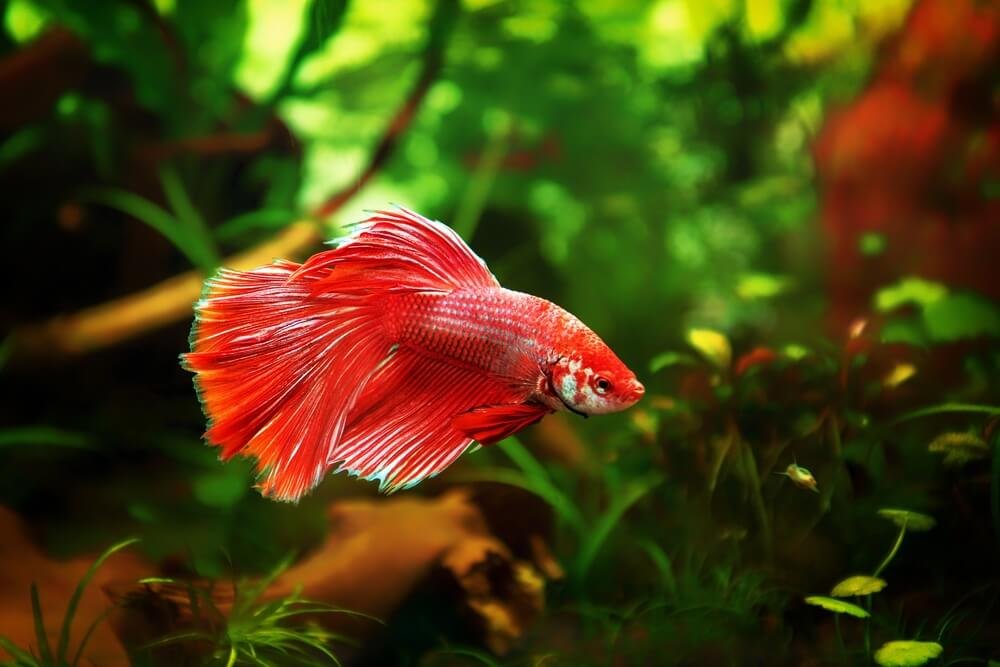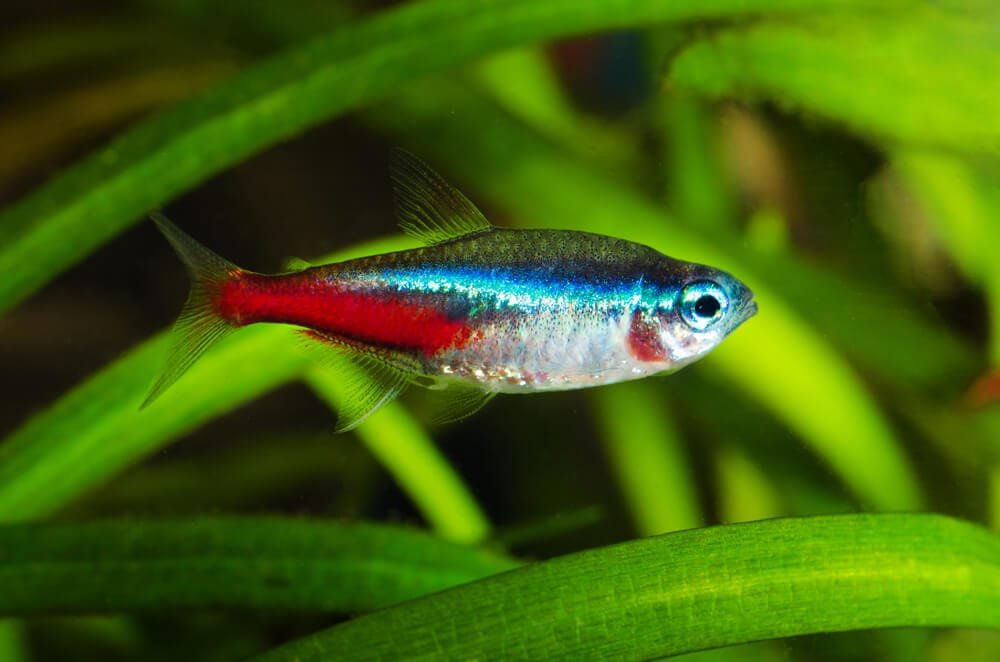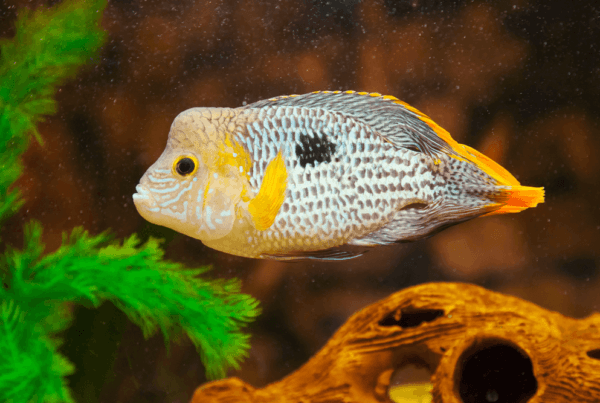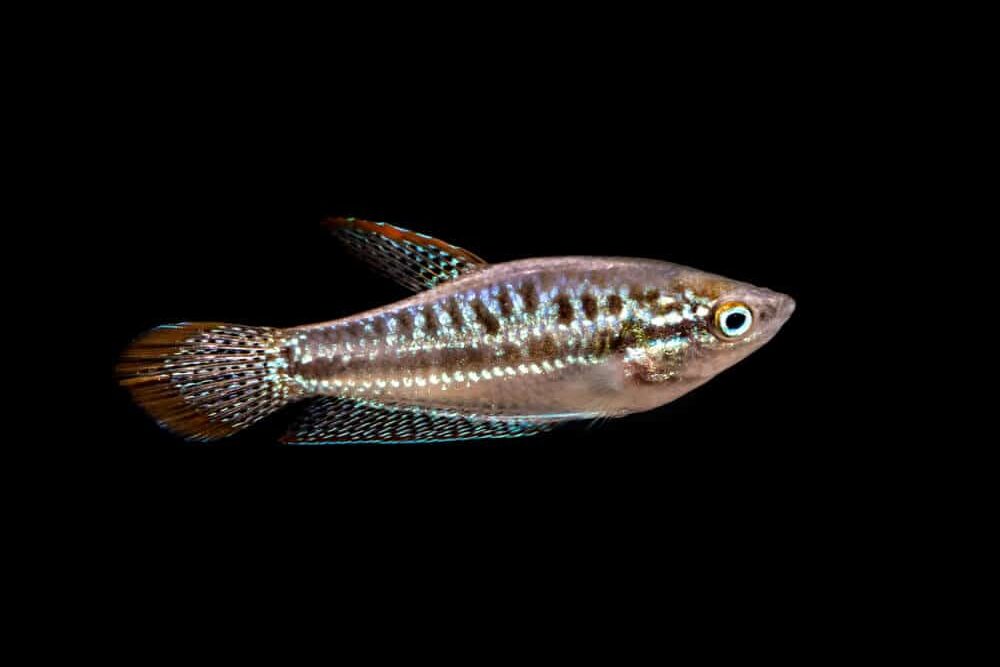If you’ve ever owned a beautiful Betta fish, you may have noticed that they sometimes engage in an unfortunate behavior known as tail-biting. This can be a distressing sight, as their vibrant fins become tattered and frayed. But fear not, for there are ways you can help prevent this behavior and keep your Betta fish happy and healthy. In this article, we will explore some practical tips and techniques to keep your finned friend from indulging in this destructive habit. So let’s dive in and discover how you can provide a safe and stimulating environment for your Betta fish to thrive in!
Proper Tank Setup
Providing Adequate Space
When setting up a tank for your Betta fish, it is essential to ensure that there is enough space for them to swim comfortably. Betta fish are known for their beautiful, flowing tails, and they need ample room to show off their finnage. A general rule of thumb is to provide a tank size of at least 5 gallons for one Betta fish. This will give them enough space to swim and explore their environment.
Maintaining Ideal Water Conditions
To prevent tail-biting in Betta fish, it is crucial to maintain optimal water conditions. Betta fish are sensitive to changes in water temperature and quality, so it is essential to monitor and maintain the appropriate parameters. Keep the water temperature between 78 to 80 degrees Fahrenheit and maintain a pH level between 6.5 and 7.5. Regularly test the water for ammonia, nitrite, and nitrate levels and ensure they remain within acceptable limits.
Adding Hiding Places
Betta fish are known to be territorial creatures, and providing them with hiding places can help reduce stress and aggression. Adding live or artificial plants, caves, or even small aquarium decorations can create safe spaces for your Betta fish to retreat to when feeling stressed or threatened. These hiding places not only serve as hiding spots but also add visual interest to the tank’s aesthetic.
Feeding and Nutrition
Providing a Balanced Diet
A balanced diet is crucial for the overall health and well-being of your Betta fish. While Betta fish are known to eat a variety of foods, it is essential to provide them with a high-quality Betta-specific pellet or flake food as the main part of their diet. These foods are specially formulated to meet their nutritional needs. Additionally, supplementing their diet with frozen or live foods such as brine shrimp or bloodworms can provide additional protein and variety.
Avoiding Overfeeding
Overfeeding is a common mistake that many Betta fish owners make, and it can lead to various health issues, including obesity and constipation. It is best to feed your Betta fish small amounts of food twice a day, as much as they can consume within two minutes. If there is uneaten food left in the tank after feeding, it is an indicator that you are overfeeding your Betta fish.
Supplementing with Leafy Greens
In addition to their staple diet of pellets or flakes, Betta fish can benefit from the inclusion of leafy greens in their diet. Blanched or boiled peas with their shells removed can serve as a fiber-rich food source that aids in digestion. It is important to note that leafy greens should be provided sparingly, as they should not replace the main diet of pellets or flakes.
Minimizing Stress
Avoid Excessive Handling
Betta fish are not accustomed to being handled and can become stressed when they are removed from their tank unnecessarily. It is best to minimize handling and only do so when necessary, such as during tank cleanings or when administering medications. When handling your Betta fish, always use a net or cup specifically designed for fish to minimize stress and reduce the risk of injury.
Maintain Consistent Environment
Betta fish thrive in a consistent and stable environment. Sudden changes in lighting, temperature, or water conditions can cause stress and potentially lead to tail-biting behavior. It is essential to maintain a stable environment by keeping the tank away from direct sunlight and avoiding sudden fluctuations in temperature or water parameters. Consistency in their environment helps to promote a sense of security and reduce stress.
Provide Visual Barriers
Visual barriers can play a significant role in reducing stress and aggression in Betta fish. Adding plants or other floating decorations that create hiding spots or block direct line of sight between fish can help reduce confrontations and territorial behavior. These visual barriers provide a sense of privacy and create a more natural and enriching environment for your Betta fish.
Keeping Tankmates Compatible
Choosing Peaceful Tankmates
If you decide to keep tankmates with your Betta fish, it is crucial to choose peaceful species that can coexist harmoniously. Avoid aggressive or fin-nipping fish that may provoke your Betta fish into tail-biting behavior. Some suitable tankmates for Betta fish include small, peaceful community fish such as tetras, guppies, or rasboras. Always research and choose tankmates carefully to ensure compatibility.
Avoiding Aggressive Species
Certain fish species are known for their aggressive nature and may pose a threat to your Betta fish. Avoid keeping species such as cichlids, barbs, or aggressive territorial fish with your Betta fish. These aggressive tankmates can stress out your Betta fish, leading to tail-biting or physical injuries. It is best to err on the side of caution and avoid aggressive species altogether.
Introducing New Tankmates Gradually
When introducing new tankmates to your Betta fish, it is essential to do so gradually to minimize stress and potential conflicts. Start by separating the new fish in a quarantine tank to observe their behavior and ensure they are healthy before introducing them to the main tank. When ready, gradually introduce the new fish to the tank, monitoring their interactions with your Betta fish closely. If any aggression or stress is observed, it may be necessary to remove the new tankmate to prevent harm to your Betta fish.
Observing and Addressing Aggression
Understanding Tail-biting Behavior
Tail-biting is a common behavior observed in Betta fish, and it can be an indication of stress, boredom, or territorial disputes. It is crucial to observe your Betta fish’s behavior and identify any triggers that may be causing them to engage in tail-biting. Common triggers include cramped living conditions, aggression from tankmates, or boredom. Understanding the underlying cause of tail-biting can help address the issue effectively.
Removing Aggressive Tankmates
If tail-biting behavior persists despite providing a suitable tank setup and compatible tankmates, it may be necessary to remove any aggressive tankmates. Aggressive tankmates can provoke stress and aggression in your Betta fish, leading to tail-biting and physical injuries. It is essential to prioritize the well-being of your Betta fish and remove any aggressors to ensure their safety and reduce stress levels.
Monitoring Tail Damage
Regularly monitor your Betta fish’s tail for any signs of damage or deterioration. This can include nipped or torn fins, redness, or inflammation. Tail damage can be a result of tail-biting or aggression from tankmates. If you notice any signs of tail damage, take immediate action to address the underlying cause and prevent further harm. Treating tail damage promptly can promote healing and prevent infection.
Maintaining Water Quality
Regular Water Changes
Maintaining clean water is crucial for the health and well-being of your Betta fish. Regular water changes help remove accumulated waste, toxins, and excess nutrients that can contribute to stress and poor water quality. Depending on your tank size, aim to perform partial water changes of about 25% to 50% every week. Be sure to treat the water with a water conditioner to remove chlorine or chloramine before adding it back to the tank.
Monitoring Ammonia and Nitrite Levels
Ammonia and nitrite are toxic substances that can harm your Betta fish if they accumulate in the tank. Use a reliable water testing kit to monitor ammonia and nitrite levels regularly. The ideal levels for these parameters should be zero or as close to zero as possible. If elevated levels are detected, take immediate action by performing water changes, optimizing filtration, or adding beneficial bacteria to establish a healthy nitrogen cycle.
Using a Good Filtration System
A good filtration system plays a crucial role in maintaining water quality and reducing stress on your Betta fish. Choose a filter that provides adequate mechanical, chemical, and biological filtration. The filter should be appropriately sized for your tank and have adjustable flow settings to prevent excessive water movement, which can stress out your Betta fish. Regularly clean or replace filter media to ensure optimal filtration performance.
Providing Mental Stimulation
Adding Tank Decorations
Creating an enriching and stimulating environment for your Betta fish is essential for their well-being. Adding tank decorations such as caves, tunnels, or driftwood not only provides hiding places but also offers opportunities for exploration and mental stimulation. Opt for decorations that are smooth and free of sharp edges to prevent injury to your Betta fish’s delicate fins.
Using Floating Plants
Floating plants, such as water lettuce or duckweed, can serve as both natural filtration and a source of mental stimulation for your Betta fish. These plants provide shade, mimic their natural habitat, and create a sense of security. Additionally, Betta fish may enjoy exploring and resting on the leaves of floating plants, providing them with opportunities for mental and physical exercise.
Rotating Toys and Accessories
To prevent boredom, consider rotating toys and accessories in your Betta fish’s tank. This can include items such as small mirrors, floating toys, or even ping pong balls. The novelty of these items can stimulate your Betta fish’s curiosity and provide mental stimulation. However, be cautious not to overstimulate your Betta fish, as this can also lead to stress.
Treating Physical Injuries
Using Medications for Tail Regrowth
If your Betta fish has experienced significant tail damage due to tail-biting or aggression, tail-regrowth medications can aid in the healing process. These medications often contain ingredients that promote fin regrowth and help prevent infection. Follow the instructions provided with the medication carefully, and monitor your Betta fish’s progress as they recover. As always, consult a veterinarian for accurate diagnosis and treatment recommendations.
Applying Topical Antiseptics
If your Betta fish has sustained minor injuries or open wounds, applying a topical antiseptic can help prevent infection and aid in the healing process. Look for antiseptics made specifically for fish or seek guidance from a veterinarian. Apply the antiseptic as directed, taking care not to stress or harm your Betta fish further.
Creating a Healing Environment
To assist in the healing process, create a calm and healing environment for your Betta fish. This includes maintaining optimal water quality, providing stress-free conditions, and ensuring a balanced diet. Minimize any potential stressors, such as excessive handling or aggressive tankmates. A healing environment will help your Betta fish recover and regrow their damaged fins more quickly.
Consulting a Veterinarian
Seeking Professional Advice
If you are unsure about the health or behavior of your Betta fish, it is always advisable to seek professional advice from a veterinarian experienced in fish care. A veterinarian can provide accurate diagnoses, treatment options, and guidance tailored to your Betta fish’s specific needs. They can also address any underlying health issues that may be contributing to tail-biting behavior.
Accessing Medications or Treatments
Veterinarians can provide access to medications or treatments that may be necessary to address tail-biting or underlying health issues. They can prescribe appropriate medications to aid in the healing process, alleviate stress, or treat any potential infections. Follow their instructions carefully and provide regular updates on your Betta fish’s progress.
Getting a Professional Diagnosis
If tail-biting behavior persists or other health concerns arise, a professional diagnosis from a veterinarian is crucial. Tail-biting can be a symptom of underlying health issues that require proper diagnosis and treatment. By consulting a veterinarian, you can ensure your Betta fish receives the necessary care and treatment to address their specific needs.
Maintaining a Tail-biting Journal
Recording Tail-biting Incidents
Maintaining a tail-biting journal can help you track and identify patterns in your Betta fish’s behavior. Record any tail-biting incidents or aggressive interactions with tankmates. Note the date, time, and any potential triggers that may have led to the behavior. Keeping a detailed journal will provide valuable information that can be shared with a veterinarian in case further intervention or treatment is required.
Monitoring Changes in Behavior
In addition to tracking tail-biting incidents, monitor any changes in your Betta fish’s behavior. Note any signs of stress, reduced appetite, lethargy, or unusual swimming patterns. These changes can be indicators of underlying health issues or environmental stressors that need to be addressed promptly.
Identifying Potential Triggers
By maintaining a tail-biting journal, you can identify potential triggers that may be causing your Betta fish to engage in tail-biting behavior. Common triggers can include territorial disputes, inadequate tank setup, or aggressive tankmates. Identifying these triggers can help you make necessary adjustments to prevent tail-biting and create a more suitable environment for your Betta fish.
In conclusion, preventing tail-biting behavior in Betta fish requires a comprehensive approach that addresses their physical, environmental, and psychological needs. By providing a proper tank setup, balanced diet, minimizing stress, maintaining water quality, stimulating their minds, and seeking professional advice when needed, you can create a safe and thriving environment for your Betta fish. Remember to observe and understand your Betta fish’s behavior, consult a veterinarian when necessary, and make adjustments as needed to ensure their well-being.







